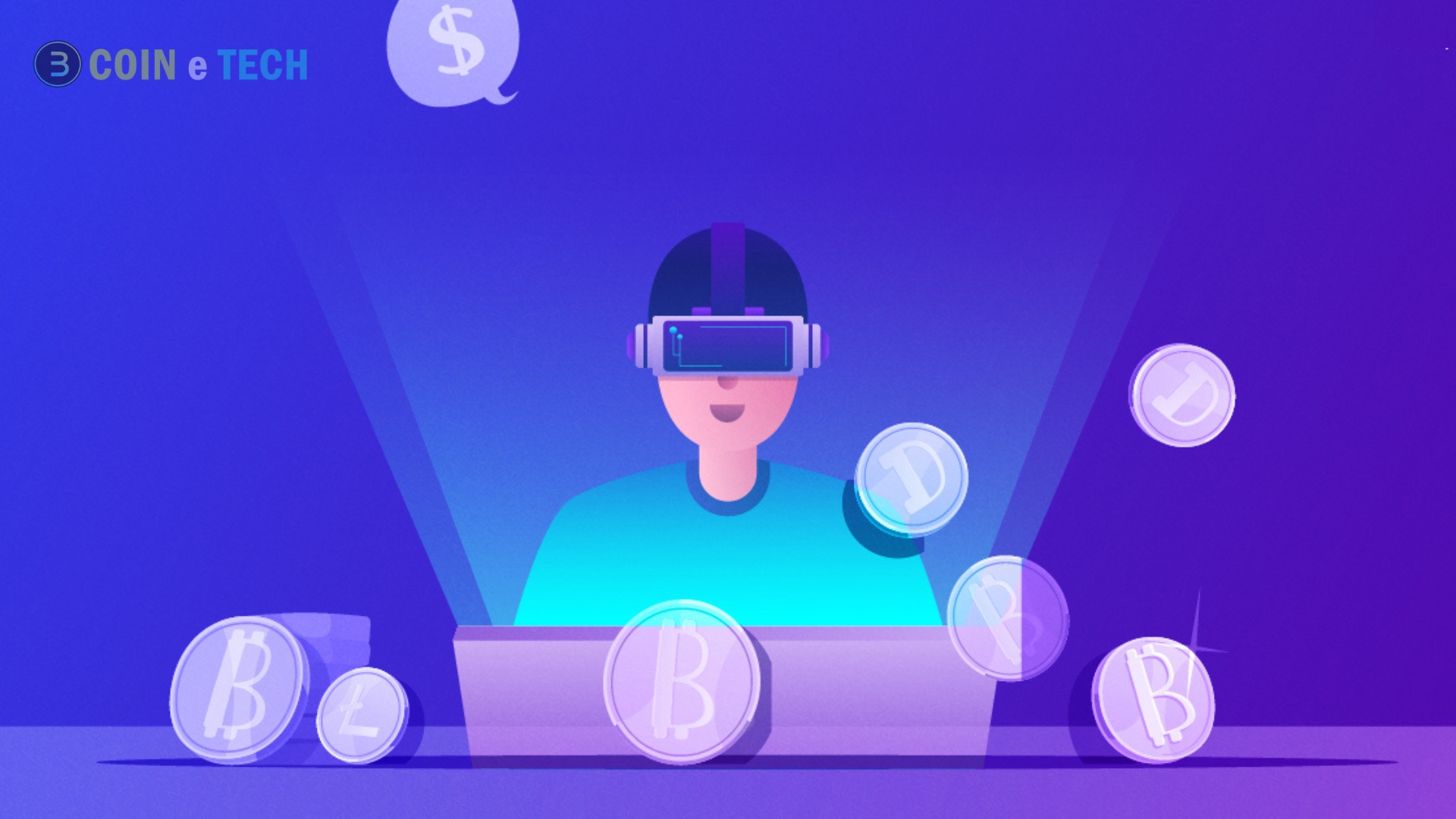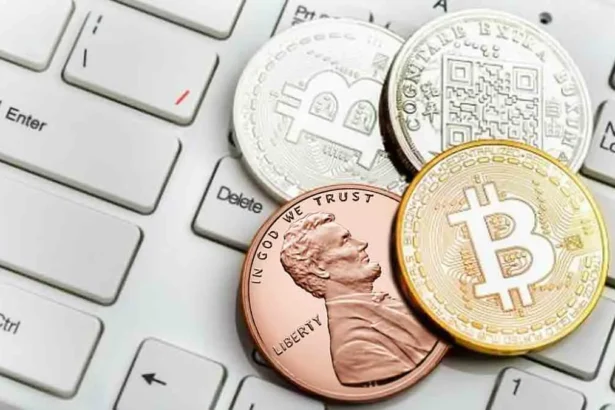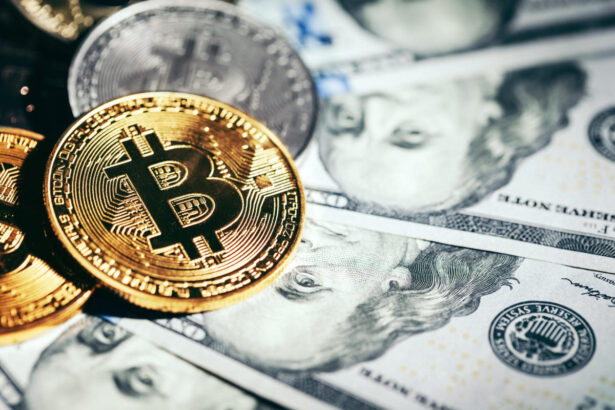Mysterious inventor of Bitcoin: A new theory suggests that Satoshi Nakamoto, the mysterious inventor of Bitcoin, could be a “mega whale” from 2010—someone who has been right in front of us all along. Market Volatility in Bitcoin Impacts Investors If Satoshi controls the wallets from 2010, they likely avoided touching the 2009 wallets to remain unnoticed.
New Theory Emerges About Bitcoin’s Mysterious Creator
 Researchers have developed a new theory about Satoshi Nakamoto, proposing that the Bitcoin creator never disappeared. In fact, since 2019, they have been gradually withdrawing funds from early Bitcoin wallets.
Researchers have developed a new theory about Satoshi Nakamoto, proposing that the Bitcoin creator never disappeared. In fact, since 2019, they have been gradually withdrawing funds from early Bitcoin wallets.
In a November 19 post, the BTCparser Bitcoin research firm pointed out that there are large amounts of Bitcoin still sitting in wallets created in 2010. Each of these wallets contains 50 Bitcoins, which have never been spent or transferred—until a moment in November 2019 when the “mega whale” from 2010 became active.
The BTCparser theory suggests that Nakamoto may actually own these wallets and has been slowly selling Bitcoin intentionally. Leaving the 2009 wallets untouched to avoid drawing attention.
Satoshi’s Strategy for Maintaining Anonymity
“If Satoshi has access to the 2010 Bitcoin mining treasure trove, there’s no need to touch the original 2009 wallets,” the BTCparser post reads. By using later coins, Satoshi can avoid attracting attention to their hiding place, preserve anonymity, and reduce the risk of revealing their identity.
How Were the Old Bitcoin Wallets Spent?
The coins in the old wallets were consolidated into a single P2SH address. Typically used for aggregating coins before transferring them to multiple bech32 addresses. This type of address offers low transaction fees and efficient block space usage. The first sale from these addresses took place in November 2019, amounting to $5 million in Bitcoin.
Subsequent sales followed, totaling $6-8 million in 2020 and $11-13 million in March and October 2020. The fourth sale occurred just 10 days ago on November 15, amounting to $176 million. The increasing sales volume aligns with the rising value of Bitcoin, suggesting that this whale is selling strategically,” BTCparser said.
Potential Link to Coinbase
BTCparser suggests that Coinbase, the exchange where these coins were deposited, likely knows more about the entity or person behind these transactions—unless the whale is using intermediaries.
Controversial Claims and Other Suspects
In October, an HBO documentary controversially claimed that cypherpunk Peter Todd invented Bitcoin. Todd denied this conclusion, and most industry experts consider the HBO evidence weak. Other names, like Nick Szabo, Adam Back, and Hal Finney, have been linked to Satoshi. Though Szabo and Back continue to deny the claims, as does Finney, who passed away in 2013. Additionally, numerous fraudsters continue to claim they are Satoshi. This ongoing mystery surrounding the true identity of Bitcoin’s creator remains one of the most intriguing in the world of cryptocurrency.
Conclusion
The identity of Satoshi Nakamoto, the elusive creator of Bitcoin. Continues to spark intense debate and speculation. A recent theory suggests that Nakamoto could be the “mega whale” from 2010. Who has been quietly managing Bitcoin wallets and selling coins strategically, adds another layer to the puzzle. If true, this theory paints a picture of an individual who has carefully planned their anonymity and managed their Bitcoin holdings in a way that avoids drawing attention to their identity.
[sp_easyaccordion id=”3200″]






